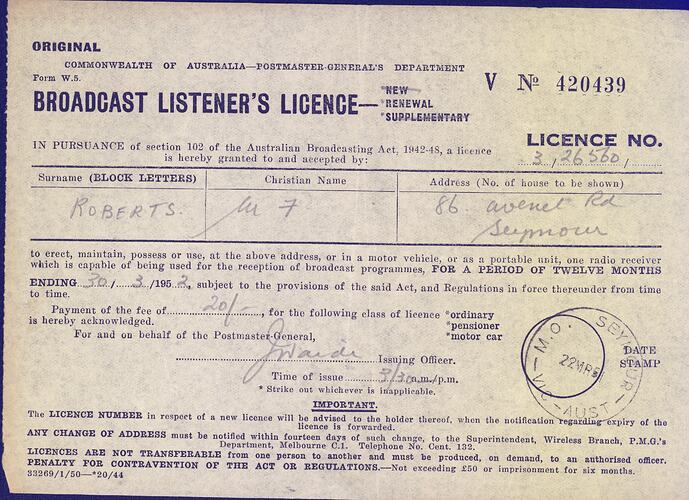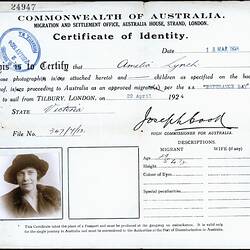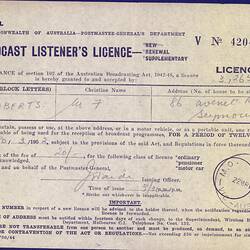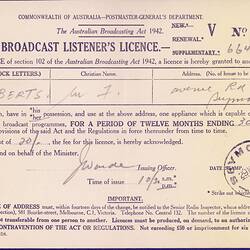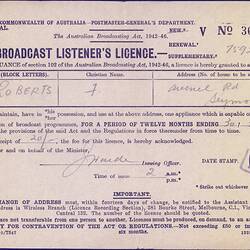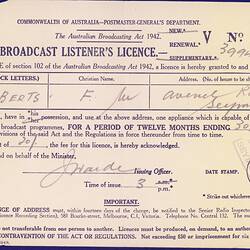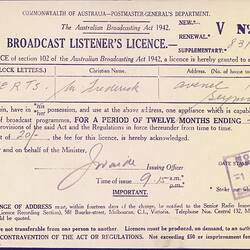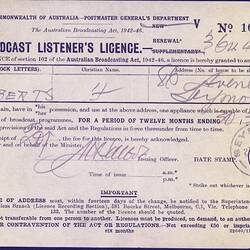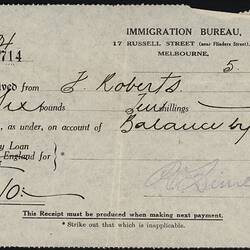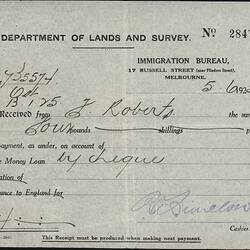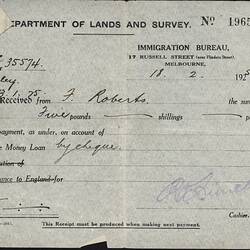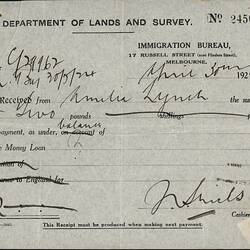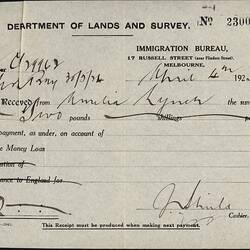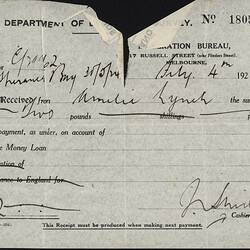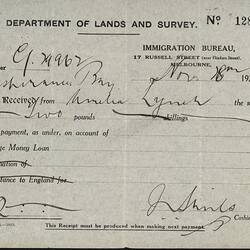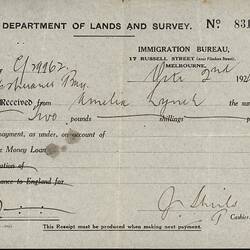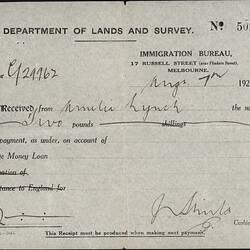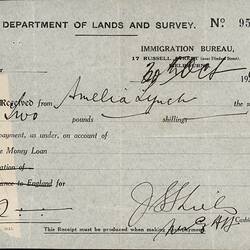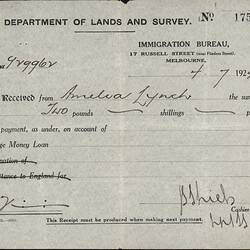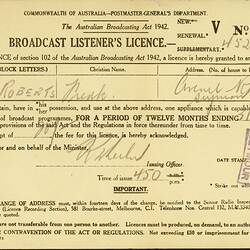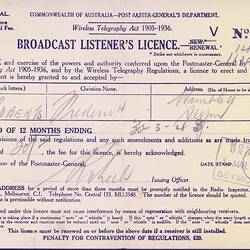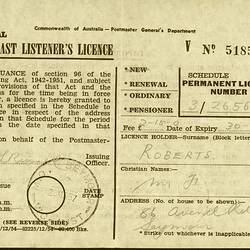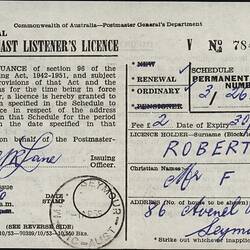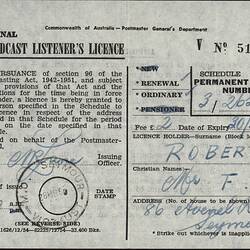Radio and television revolutionised Australian society during the 20th century. Both mediums, however, came at a cost, meaning listeners and viewers had to purchase licences to use such appliances. The funds from these licences funded the production of radio and television stations until the 1970s. Communications and entertainment were thus highly regulated by the Australian government. The wireless was the first of these inventions to burst onto the Australian market in the 1920s. Revised licensing conditions in 1924 meant more people purchased radios. By 1935 there were more than 60 commercial stations and an expanding Australian Broadcasting Commission, run by the Post Master General's Department (Bridget Griffen-Foley, 341).
Commercial stations relied on advertising for their revenue, whilst the ABC was funded through licence fees. These stations offered a range of programs for their listeners, from news and current affairs, to music, talent quests and serial dramas. The British Broadcasting Service (BBC) was also on Australian airwaves, with its 'Empire Service' launched in 1932 to broadcast throughout the Commonwealth (Griffen-Foley, 347). Australian broadcasters and presenters travelled to the UK and the US, bringing back ideas and influences from these larger markets. Radio also became vital during World War II, delivering news and government announcements to civilians (Griffen-Foley, 348). Television brought similar conveniences. Official transmission began in September 1956, just in time for the Olympic Games held in Melbourne (http://guides.naa.gov.au/records-about-south-australia/chapter3/broadcasting.aspx). Licences were introduced by 1957, costing a hefty five pounds per year (https://www.nfsa.gov.au/latest/radio-and-tv-licences). By 1960 the ABC had made its foray into television, broadcasting in most state capitals, along with an emerging commercial sector.
Television took over some of radio's mainstays, such as quiz shows and dramas. The wireless however was able to maintain its appeal, through 'Talk-Back' programs and quickly produced news bulletins. Radio and television licences were abolished by the Whitlam Government in 1974. The introduction of FM radio in the same year heralded the further expansion of the service. Licensing of both the television and the radio, whilst a relatively effective method of revenue raising for over 50 years, was replaced by government funding and advertising.
References:
http://guides.naa.gov.au/records-about-south-australia/chapter3/broadcasting.aspx http://www.australia.gov.au/about-australia/australian-story/radio-in-australia\ https://www.nfsa.gov.au/latest/radio-and-tv-licences
Hull, W.H.N. "The Public Control of Broadcasting: The Canadian and Australian Experiences." The Canadian Journal of Economics and Political Science, 28, No. 1 (Feb., 1962), pp. 114-126.
Griffen-Foley, Bridget. "Australian Commercial Radio, American Influences-and the BBC," Historical Journal of Film, Radio and Television, 30, No. 3, 2010, pp. 337-355.
More Information
-
Keywords
human communication, Television Production, Radio Broadcasting
-
Authors
-
Article types
